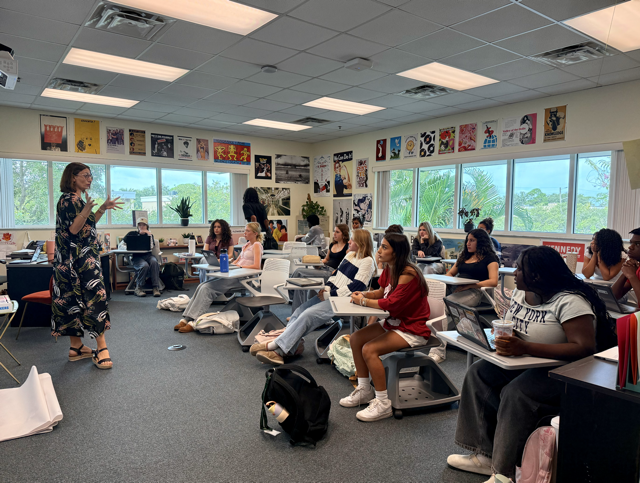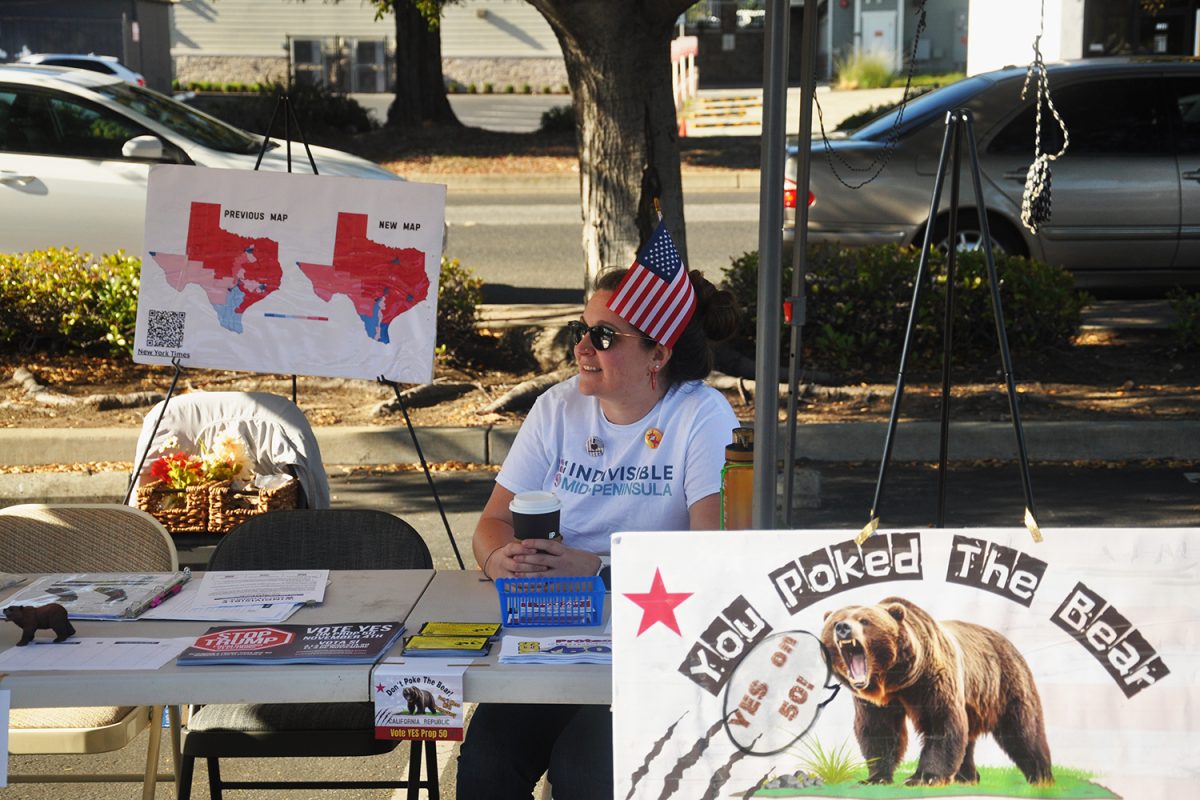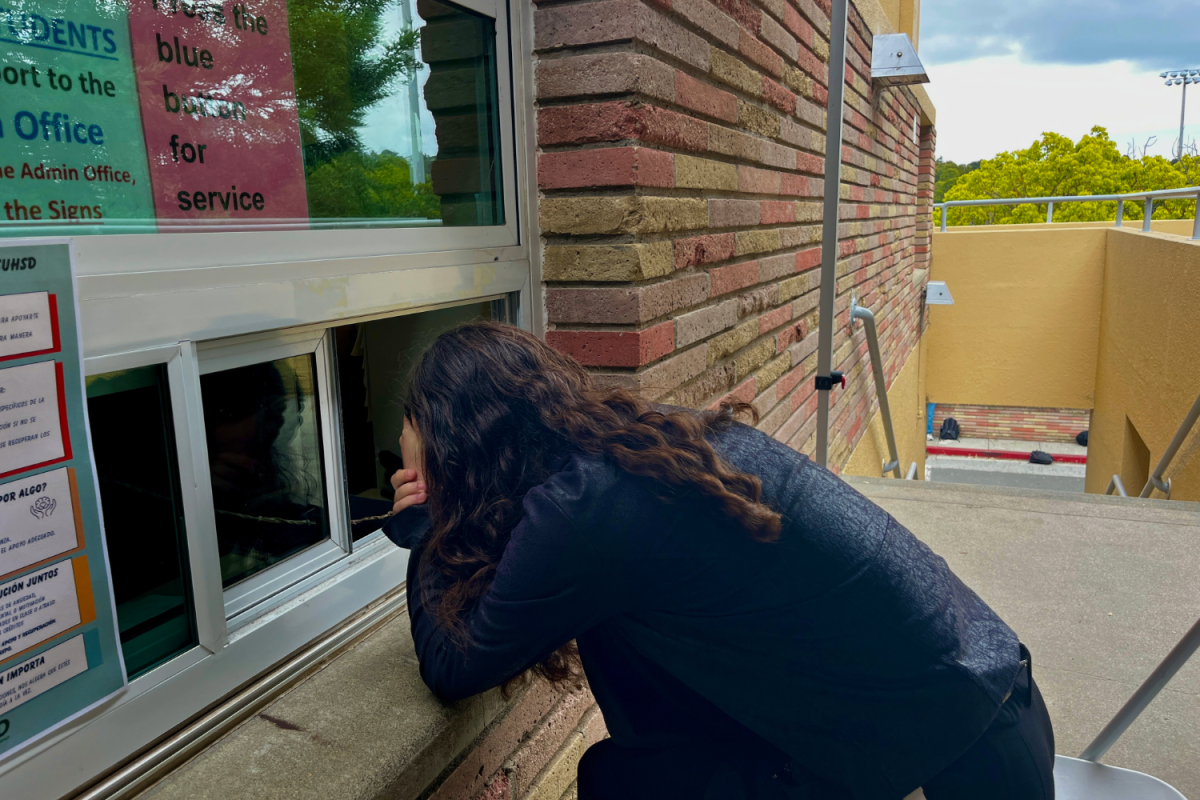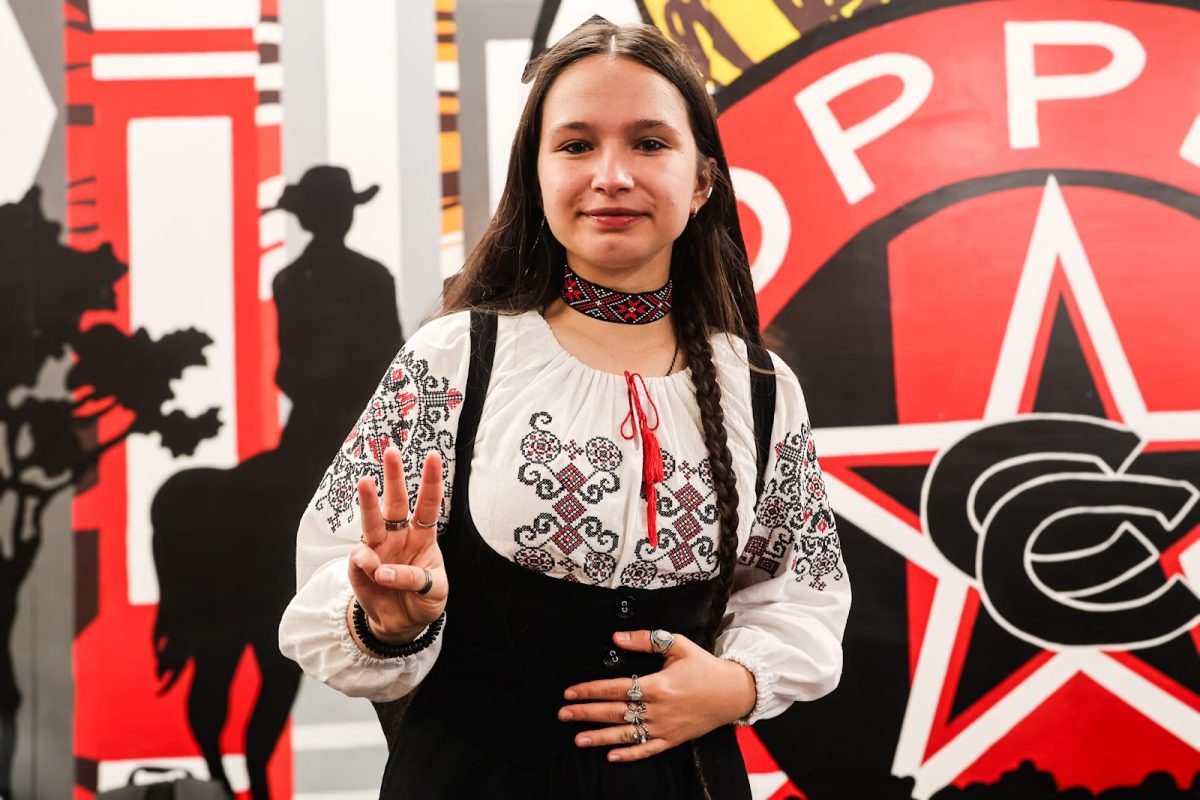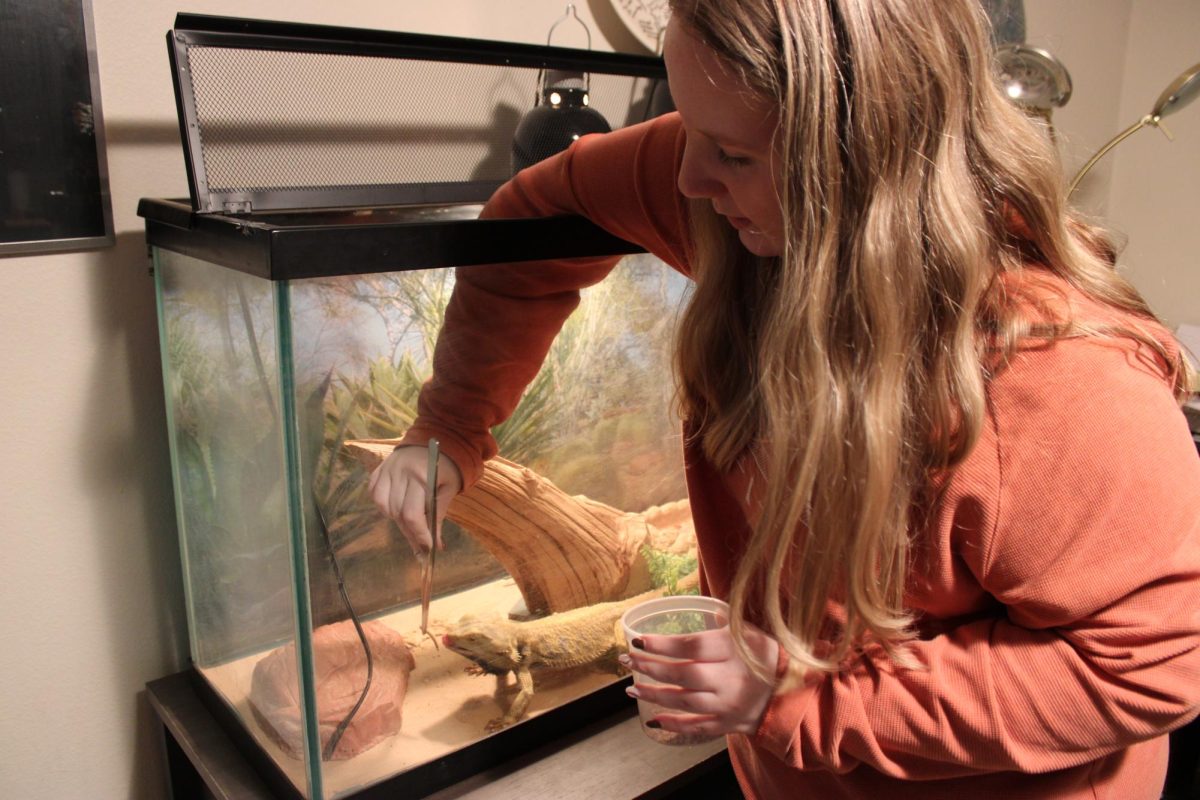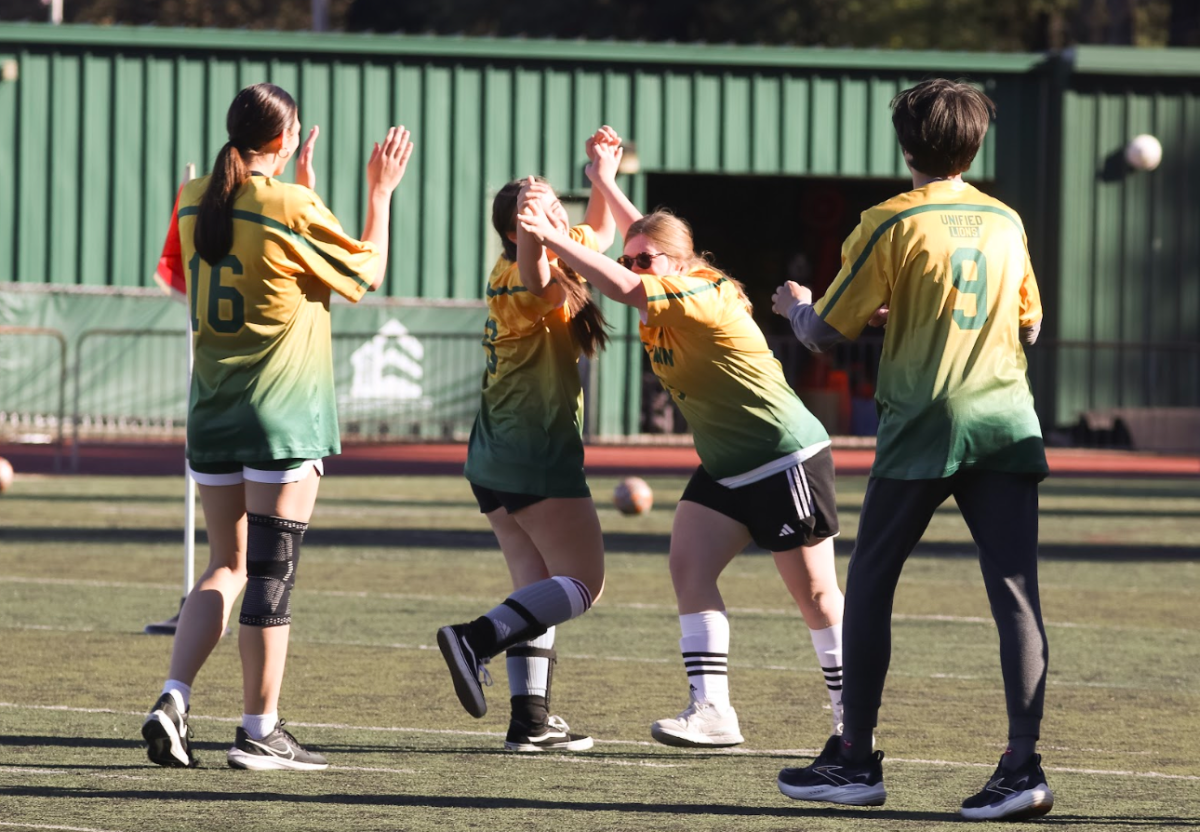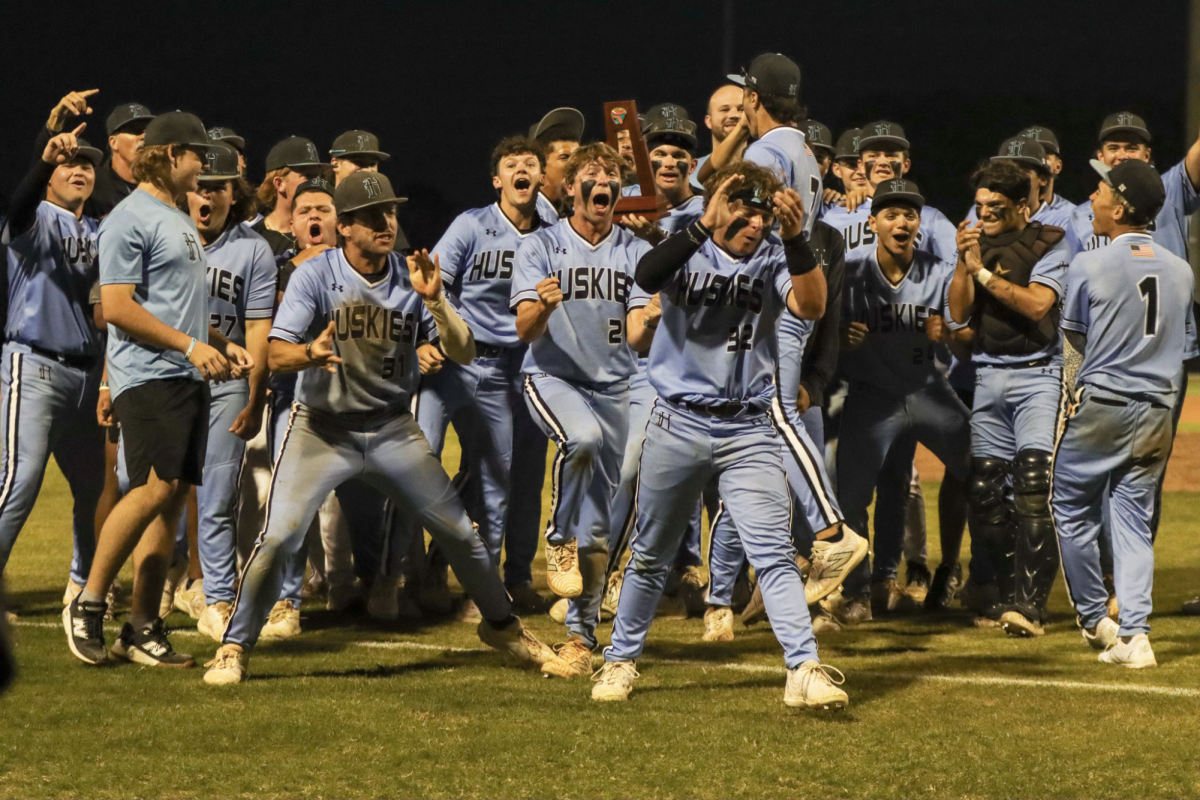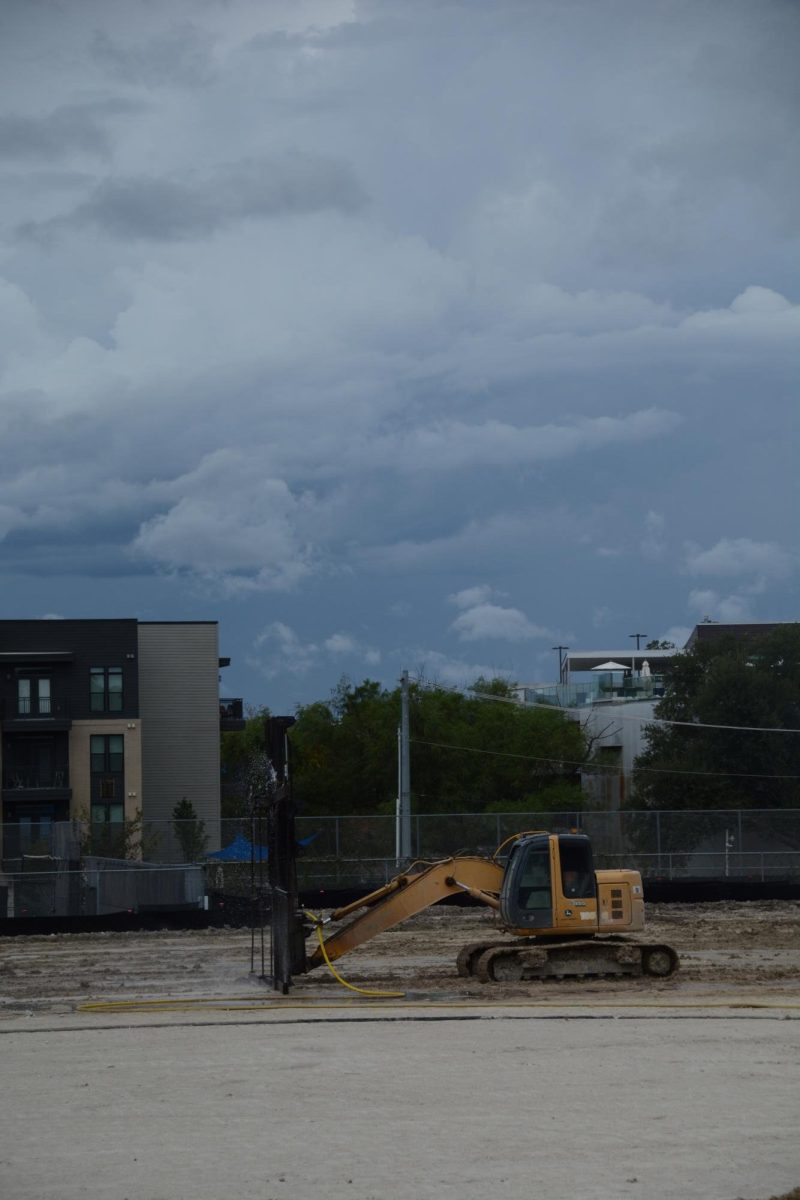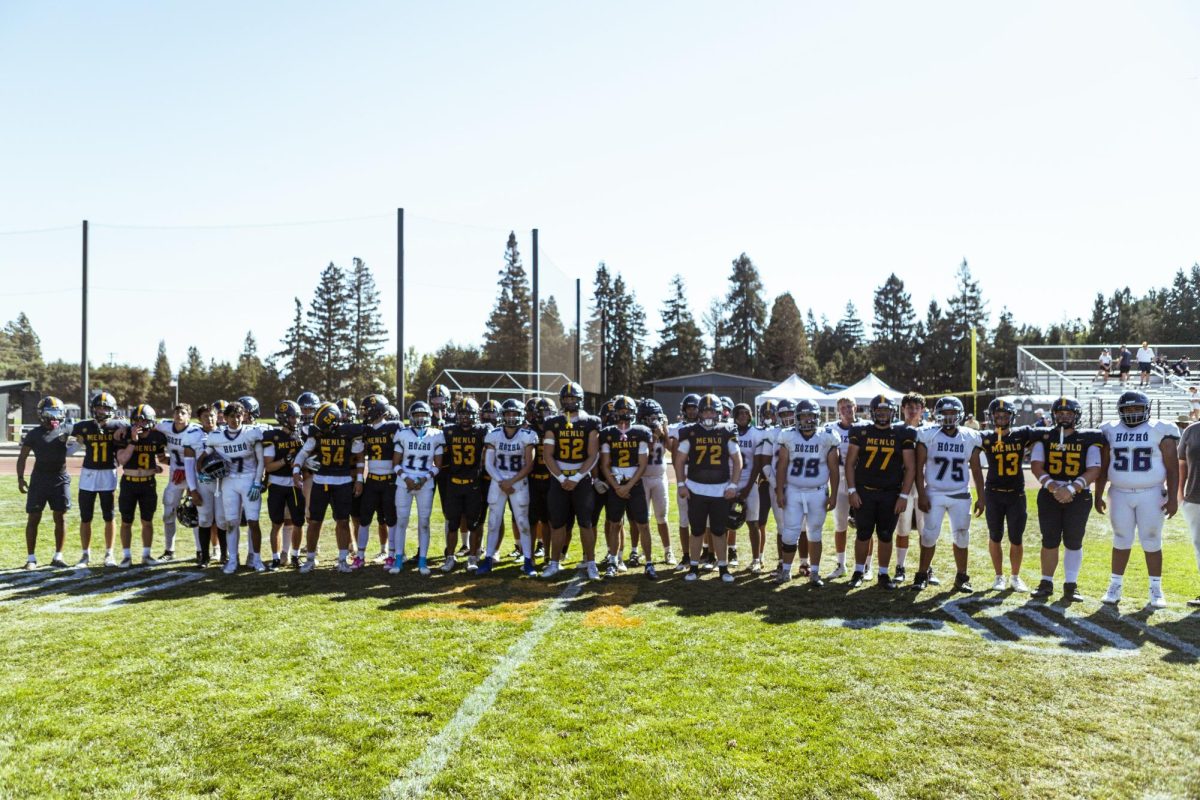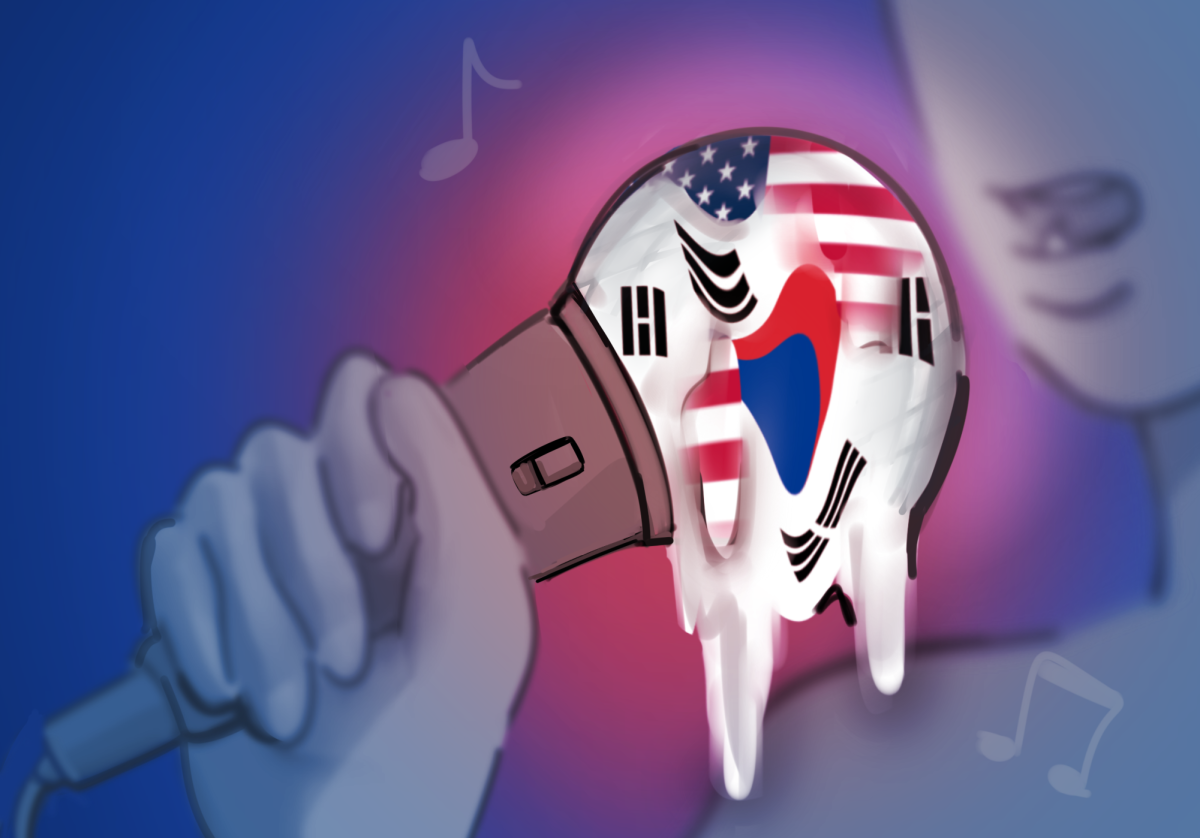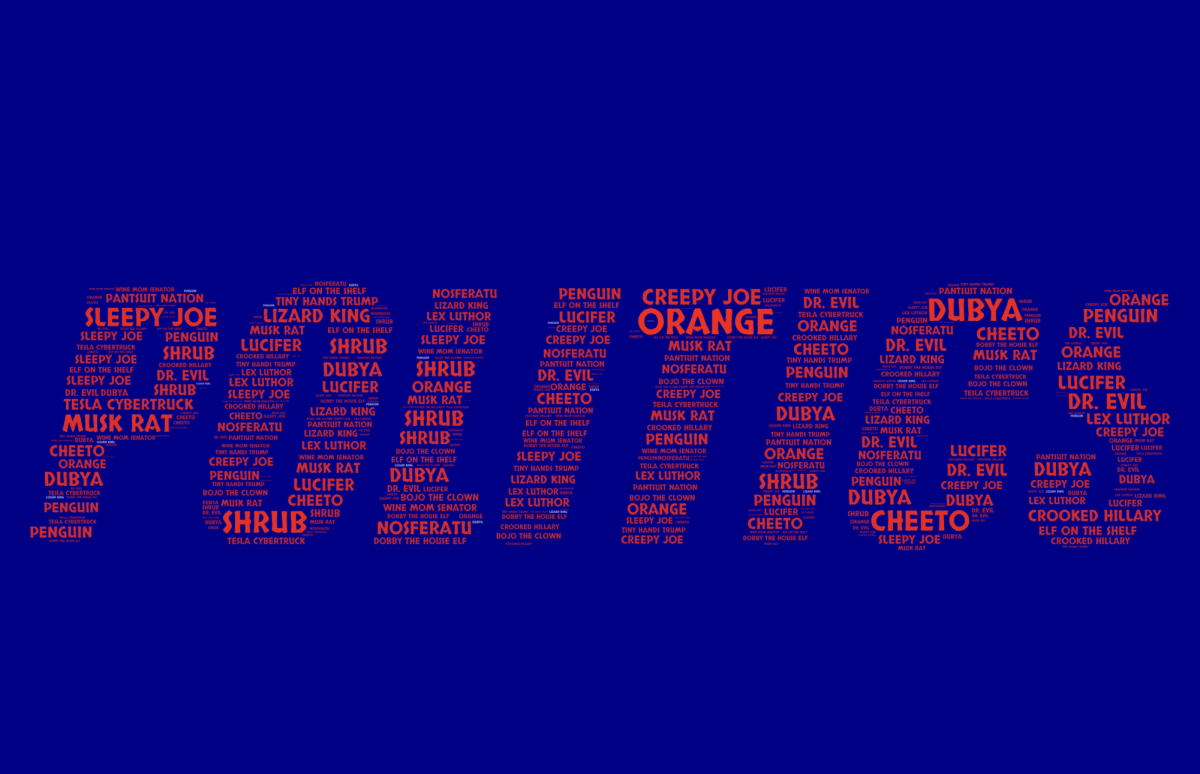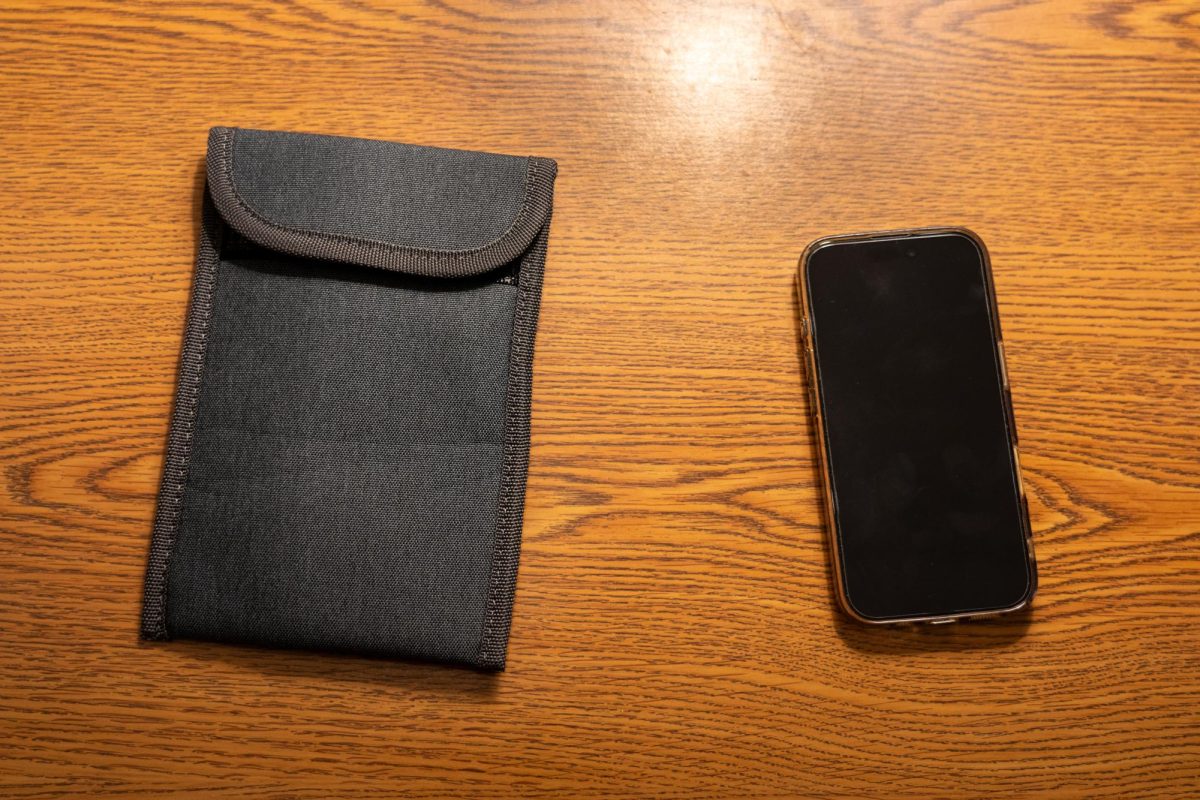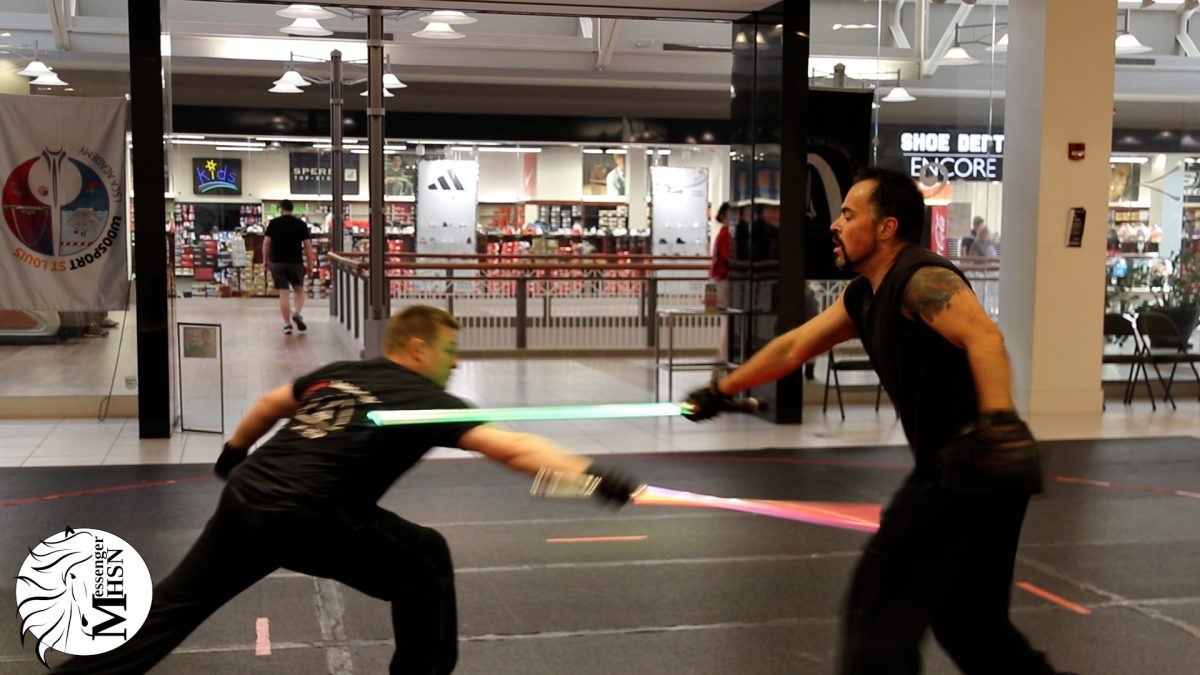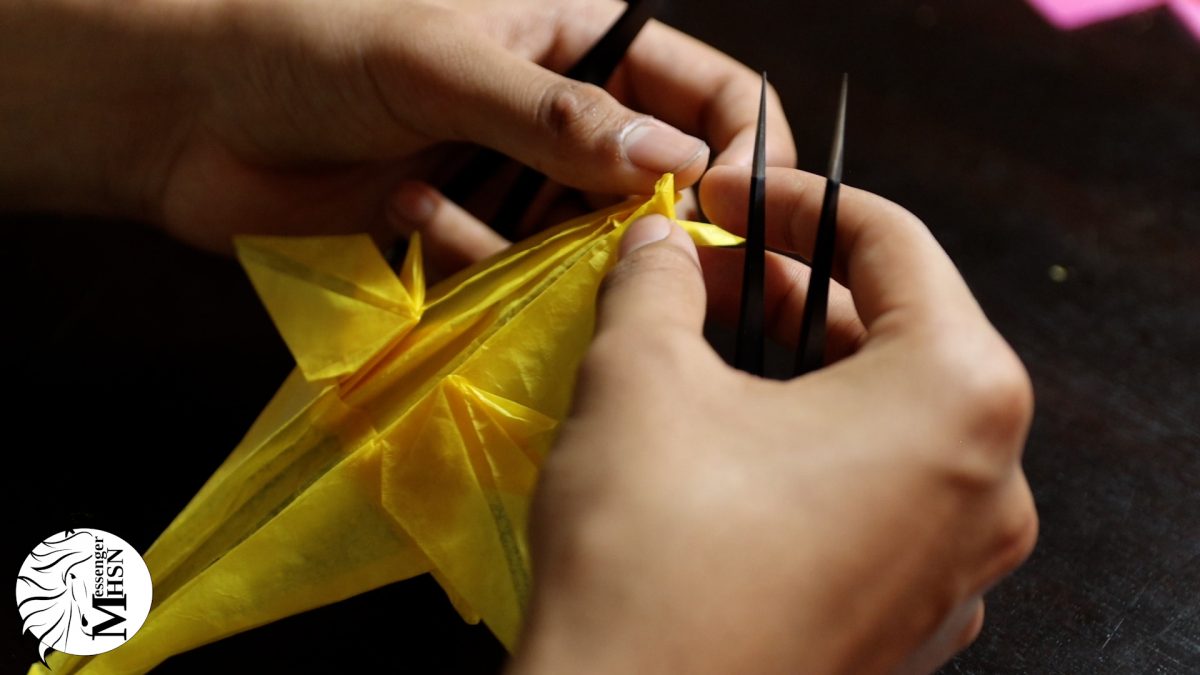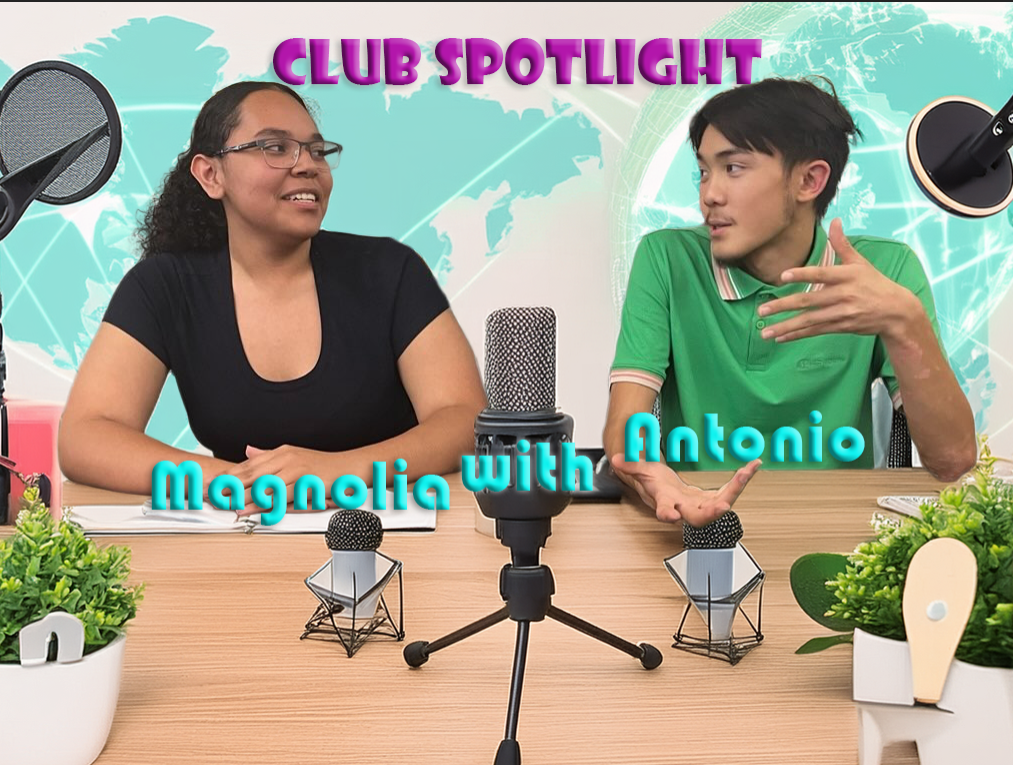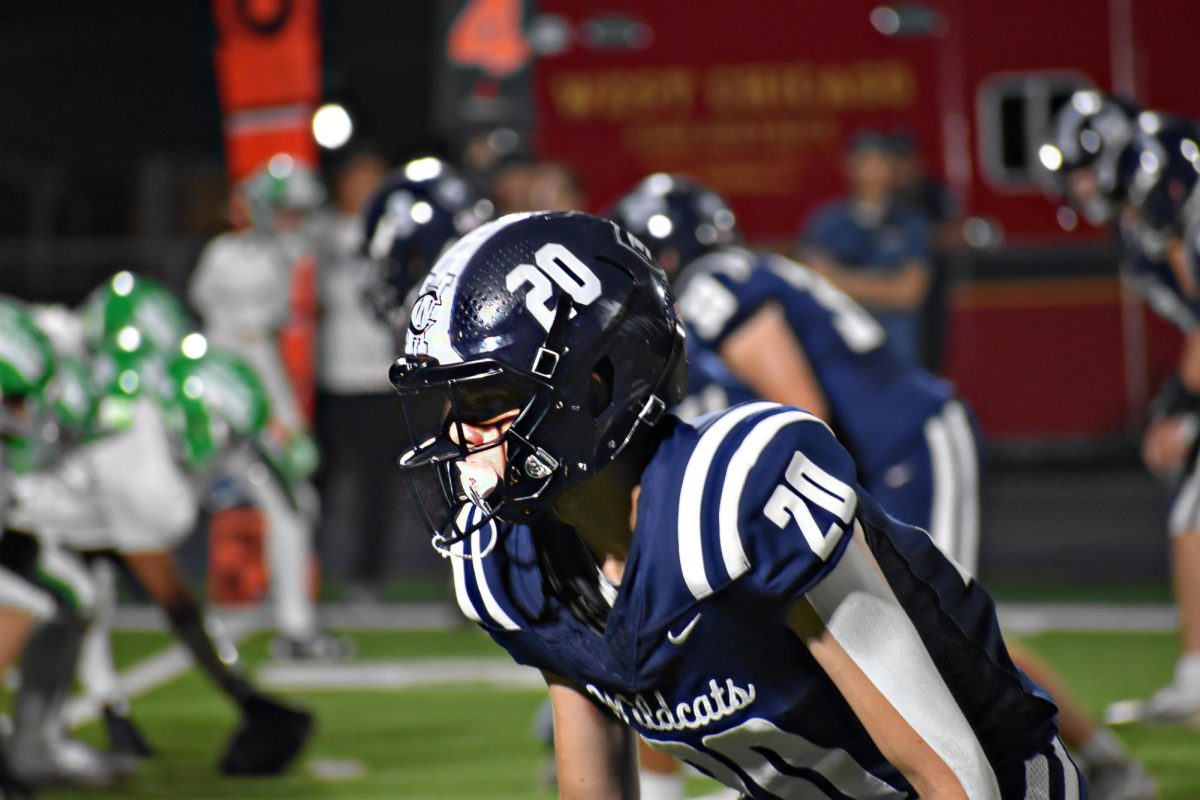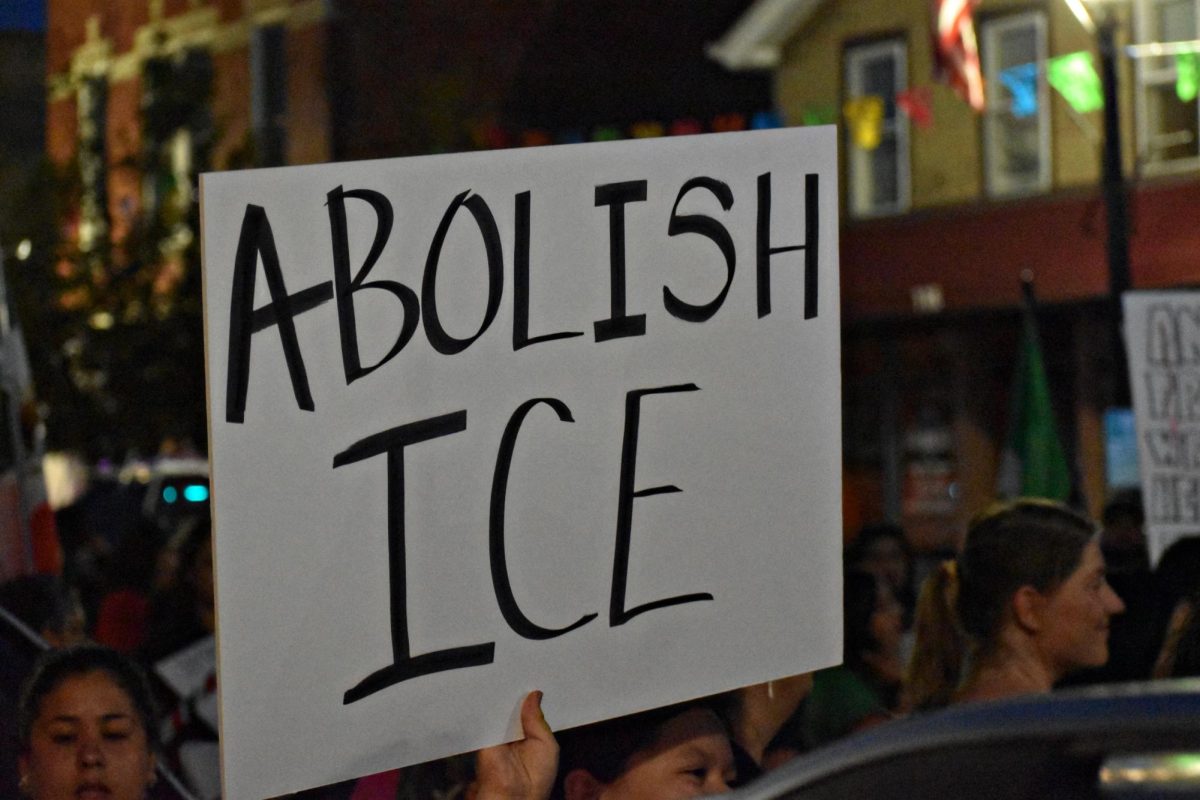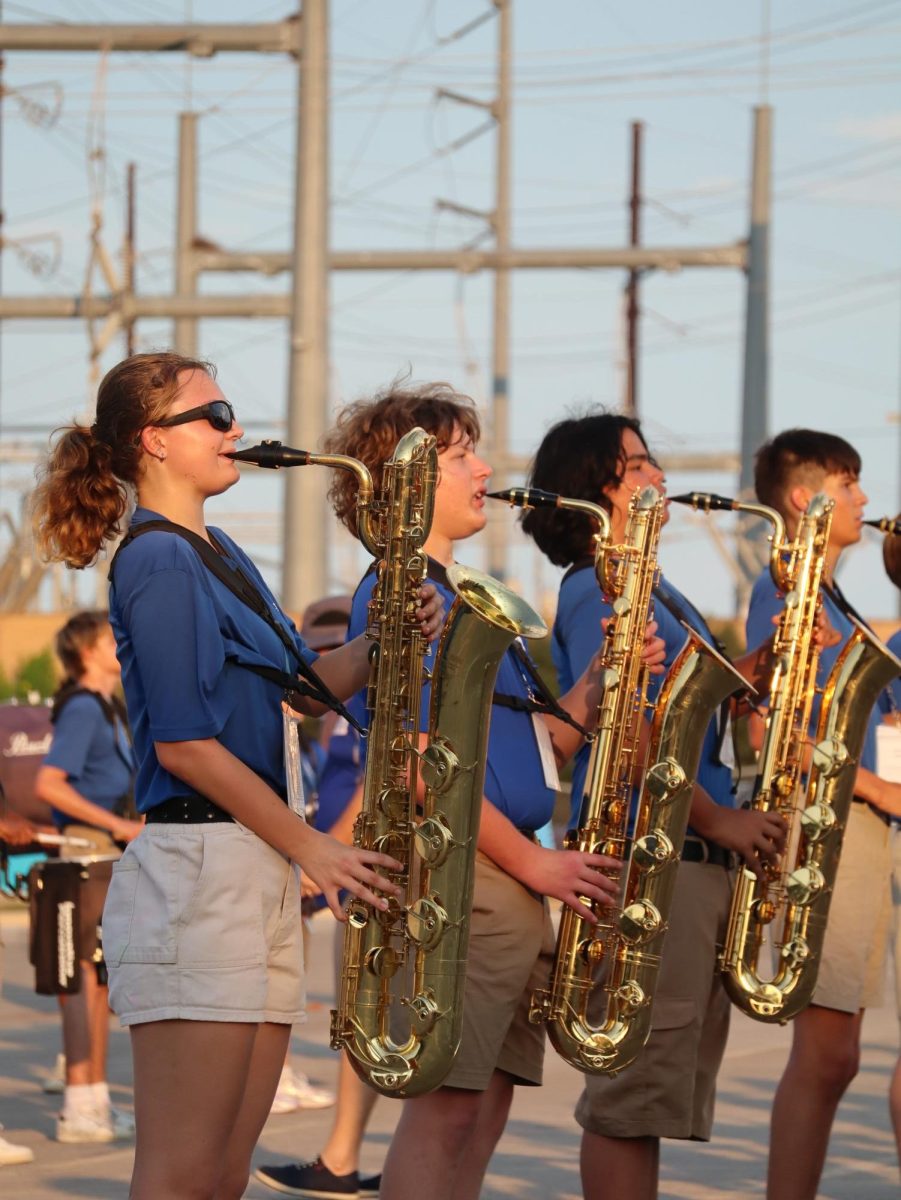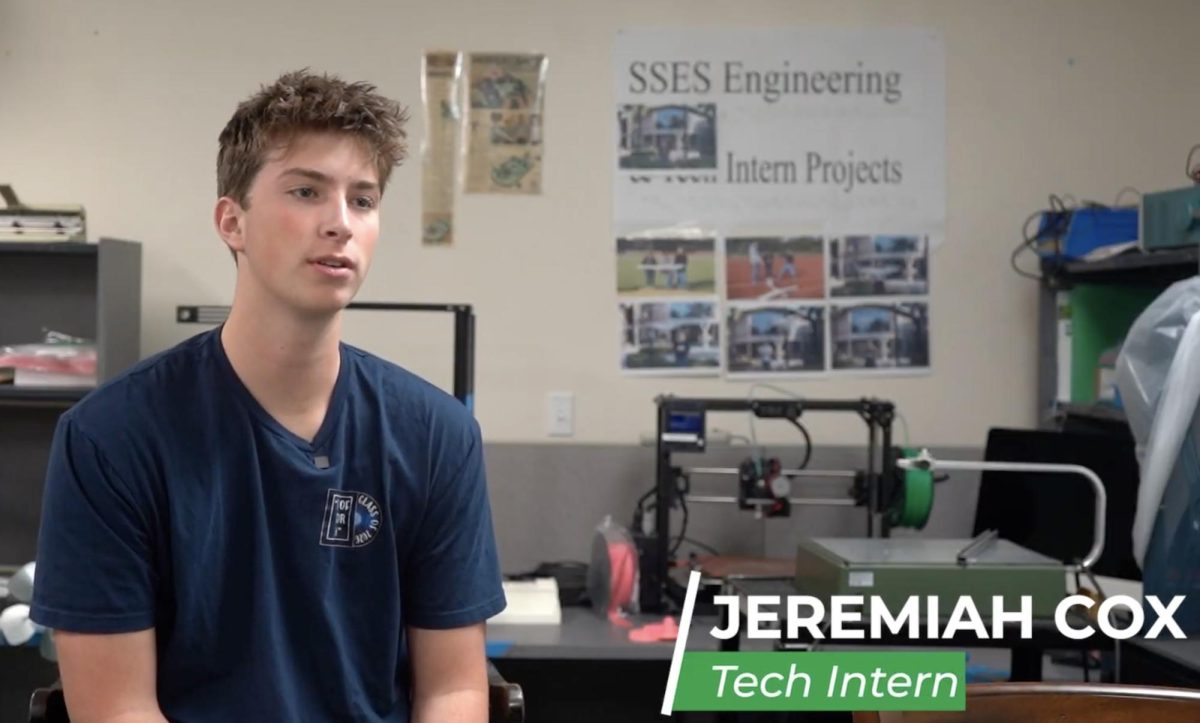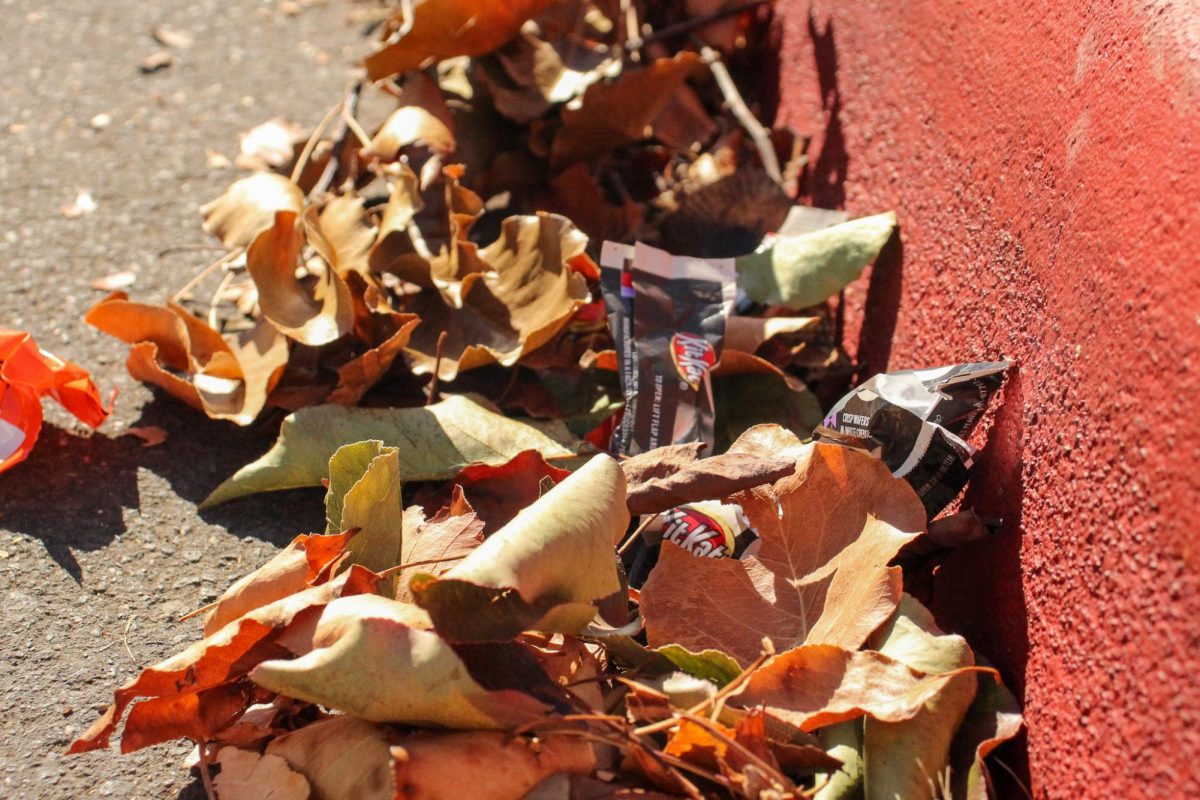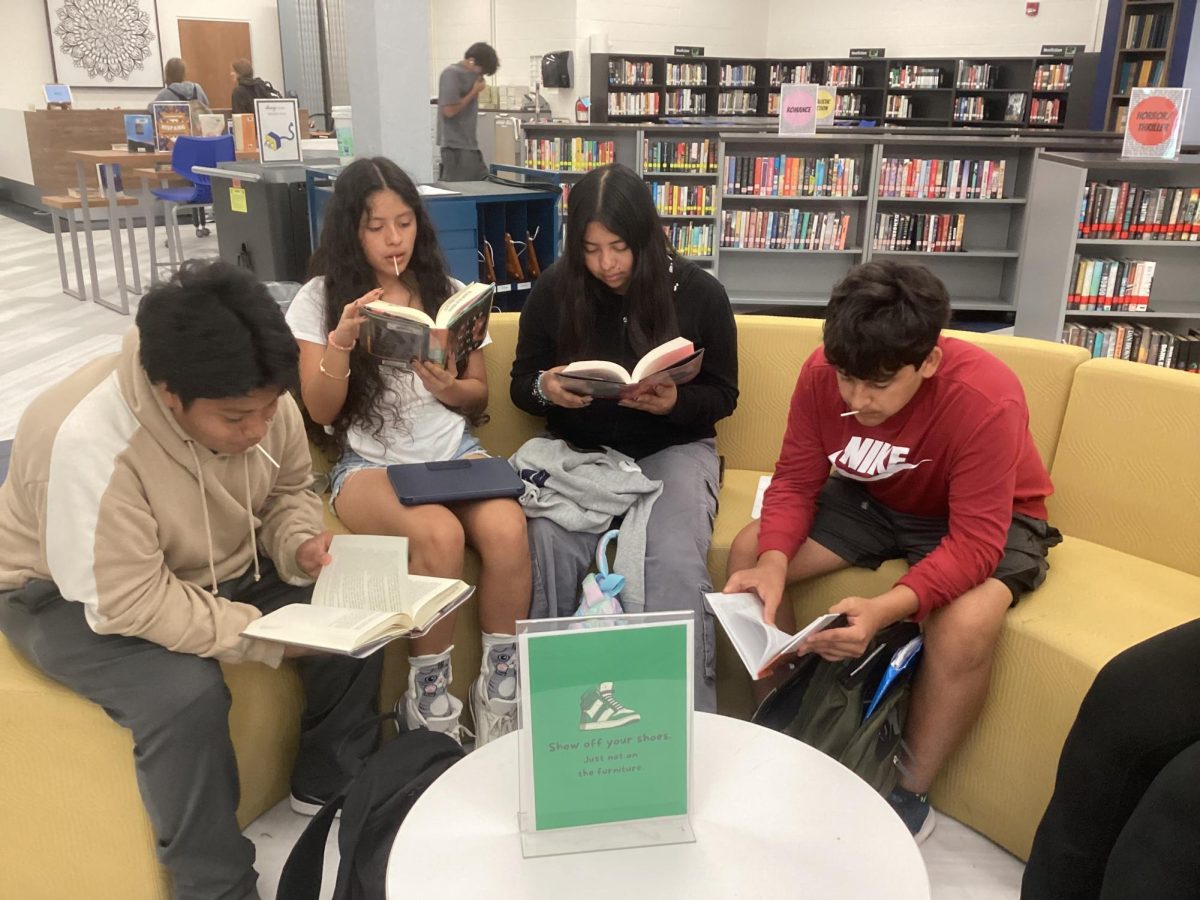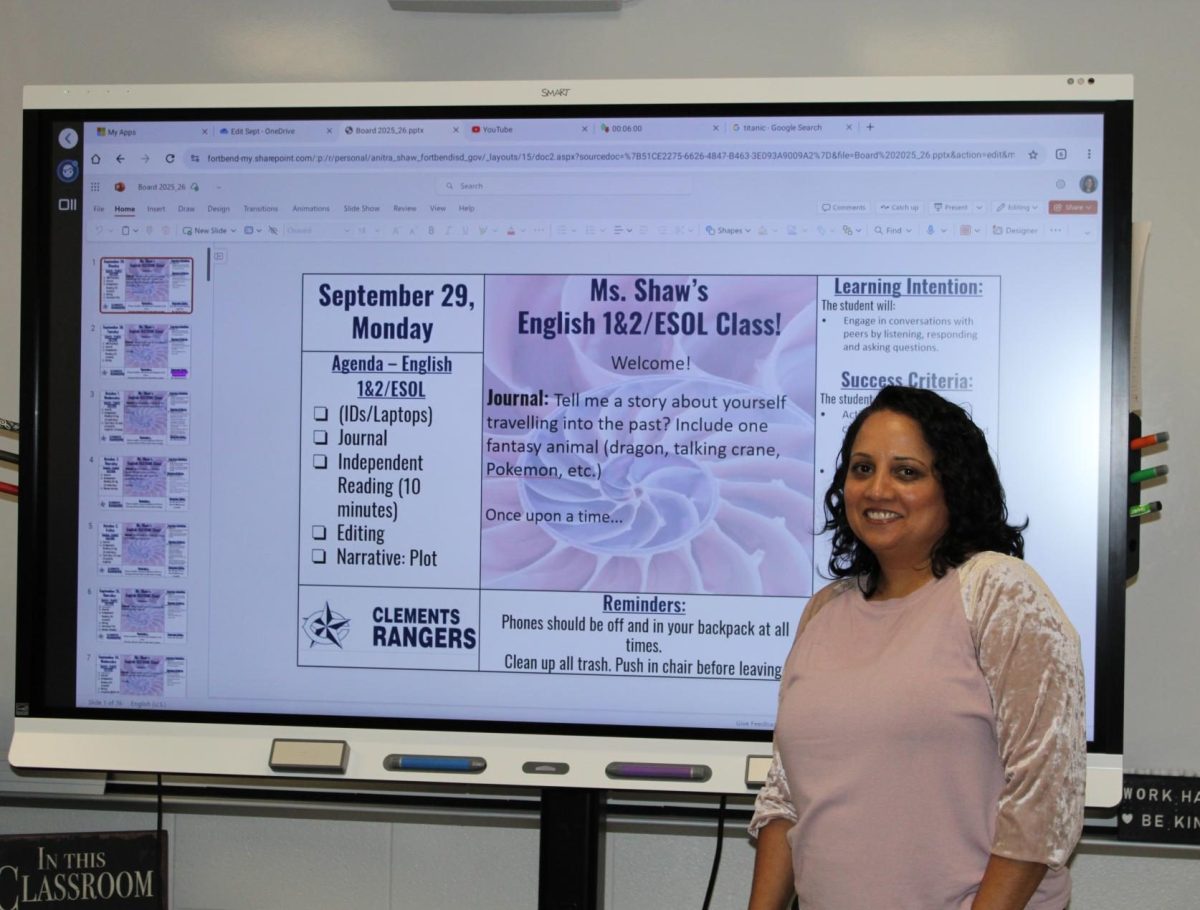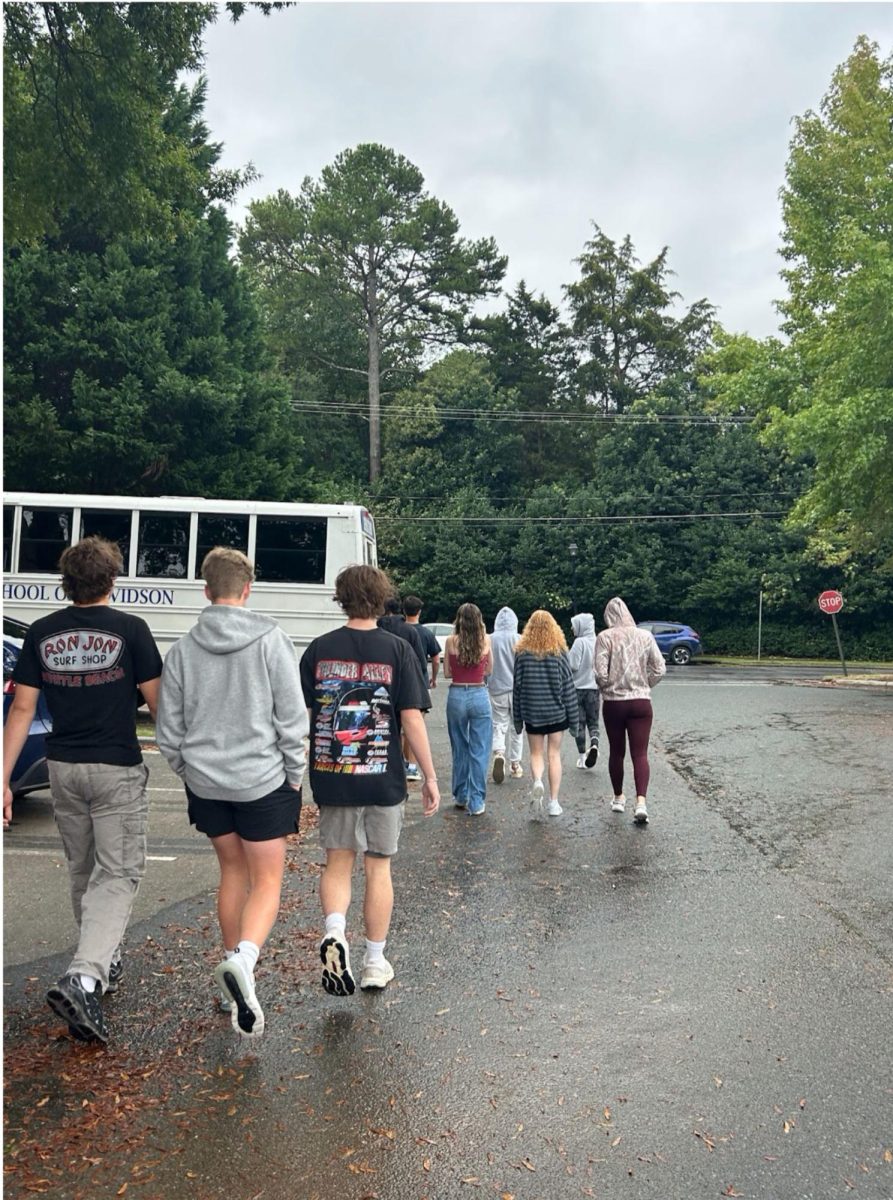Since Irish immigrants brought Halloween traditions over in the 1840s, Americans have celebrated the holiday with seasonal decorations, costumes, and candy. According to the National Retail Federation, 72 percent of Americans plan to celebrate the holiday, contributing to about 173 million people intending to decorate and dress up for the occasion. Although this holiday is full of celebration and fun, it accompanies lesser-known devastating environmental impacts.
Alongside many other holidays, Halloween traditions produce plastic waste beyond typical levels. Majorly arising from trick-or-treating, the extensive amounts of candy handed out on Halloween night results in neighborhood streets littered with plastic wrappers. Halloween produces around 2000 tons of plastic waste each year.
The seasonal increase in litter harms many aspects of local ecosystems, including birds and other scavenging wildlife. Wildlife hospitals, such as WildCare, witness firsthand the harmful effects of Halloween waste on suburban wildlife. WildCare Director of Communications and Marketing Alison Hermance recognizes that Halloween-related plastic pollution can pose choking hazards, as well as the candy itself becoming dangerous if ingested
“Halloween [is] a holiday that invites a lot of plastic waste [and] is absolutely contributing to the risks of plastic waste to animals across the globe. Something like a candy wrapper could easily become a choking hazard for a curious bird… Something like a piece of chocolate could absolutely be a tempting treat to an animal like a raccoon or an opossum,” Hermance said.
While plastic is harmful to many animal species, it also has a widespread effect on global ecosystems. According to the United Nations, plastic is a synthetic and non-biodegradable material, meaning it does not occur naturally and can take thousands of years to break down. This plastic can contaminate aquatic and terrestrial biomes by damaging soil, poisoning groundwater, and limiting resource availability for all life forms.
The World Wildlife Fund is a global organization dedicated to wildlife conservation on local levels and with respect to national and global policies. According to World Wildlife Fund Plastic and Material Science Manager, Brianna Sheppard, pollution has an immense impact on the natural world.
“Plastic waste is choking our planet, polluting the air, water, and soil both people and wildlife depend on…To give you an idea of the scale of the problem, every minute, the equivalent of one dump truck worth of plastic goes into the ocean. And if we keep on our current trajectory, by 2040, there will be two times the plastic being produced every year, and three times the plastic leaking into our ocean,” Sheppard said.
Another contributor to Halloween’s plastic waste is the use of seasonal, disposable decorations. Sheppard believes that reusing, reducing, and recycling decorations is an easy way to be both eco-conscious and celebratory.
“Buying brand new things every year–from costumes to décor–has a significant environmental impact, and one of the best things an individual can do can be to reuse items as much as possible,” Sheppard said.

One popular Halloween decoration is fake spiderwebs, designed with plastic fibers to replicate the look of a natural web. However, fake spiderwebs have the same trapping properties as real ones, able to capture passing birds, bats, and insects. When these webs catch flying organisms, they often sustain injuries, leaving wildlife hospitals such as WildCare to care for the injuries.
“Injuries are one of the primary things that we see in the Wildlife Hospital, [due to] fishing line, garden netting, human hair, thread, and string. There’s lots of entanglement [issues], but we do see an increase during Halloween because of Halloween decorations that imitate or mimic the capturing power of spider webs,” Hermance said.
Halloween is an especially dangerous time for Bay Area wildlife due to it coinciding with the pathway of migratory songbirds, who fall victim to Halloween festivities. WildCare recommends putting spider web decorations or other themed decorations on the inside of a window to continue to decorate in a way that is not unsafe for wildlife.
“Our recommendation is if you really want to have that spider look, then place it on the inside of the windows [which] has a double benefit. The entangling fibers are not outside where the birds and other animals are going to come in contact with them and having something in your windows does provide a visual clue to birds that the window is there,” Hermance said.
As well as fake cobwebs, Halloween costumes are most often mass-produced and synthetic, contributing to the world’s growing landfill issue. This method of textile production is a part of the fast fashion industry, which annually increases the global amounts of microplastics invading ecosystems. Additionally, due to the annual nature of Halloween, wearers are likely to dispose of costumes after one night of wear.
The Archie Williams Social and Environmental Academy-Dedicated to Improving School and Community (SEA-DISC) learns about and helps to sustain the local environment through their upperclassmen studies. According to Archie Williams SEA-DISC Environmental Science teacher Clarke Bugbee, Halloween-oriented plastic production plays a significant role in atmospheric carbon.
“[Plastic production] takes energy, which is burning fossil fuels, to either get [decorations, candy wrappers, and costumes], ship that stuff, or make that stuff using an energy source… that then emits carbon dioxide into the atmosphere, which contributes to global warming change,” Bugbee said.
While plastics are harmful because of the physical waste that they create, they also have a chemical impact. According to the Center for International Environmental Law, 99 percent of plastic production uses fossil fuel emissions. Often due to environmental policy shortcomings, emissions play a large part in the climate crisis, rather than just individual consumption.
While personal eco-consciousness can help fight against climate issues, Dr. Aviva Rossi, a Director of the Marin Conservation League, believes that plastic waste and environmental issues need a larger-scale approach.
“A lot of times, we tend to focus on things that an individual might be doing wrong or right, like whether or not they’re recycling, or if they’re buying too much plastic,” Rossi said. “But sometimes that can distract from what ultimately needs to happen [on a] societal level: changing the regulations around what sort of products can be produced in the first place [to make products] that are more sustainable and biodegradable.”
Rossi proposes updated regulations regarding the production process of plastic products to create sustainably made items that are not harmful to the environment. Laws that protect the environment can have a huge impact on preserving the world’s ecosystems from the opponents it faces, such as the plastic waste produced by Halloween.
“[Change] comes through collaboration between scientists and engineers and regulators making products that are more sustainable and biodegradable and putting in place regulations that restrict the types of products that don’t biodegrade in a reasonable amount of time,” Rossi said.
This story was originally published on The Pitch on October 29, 2024.


